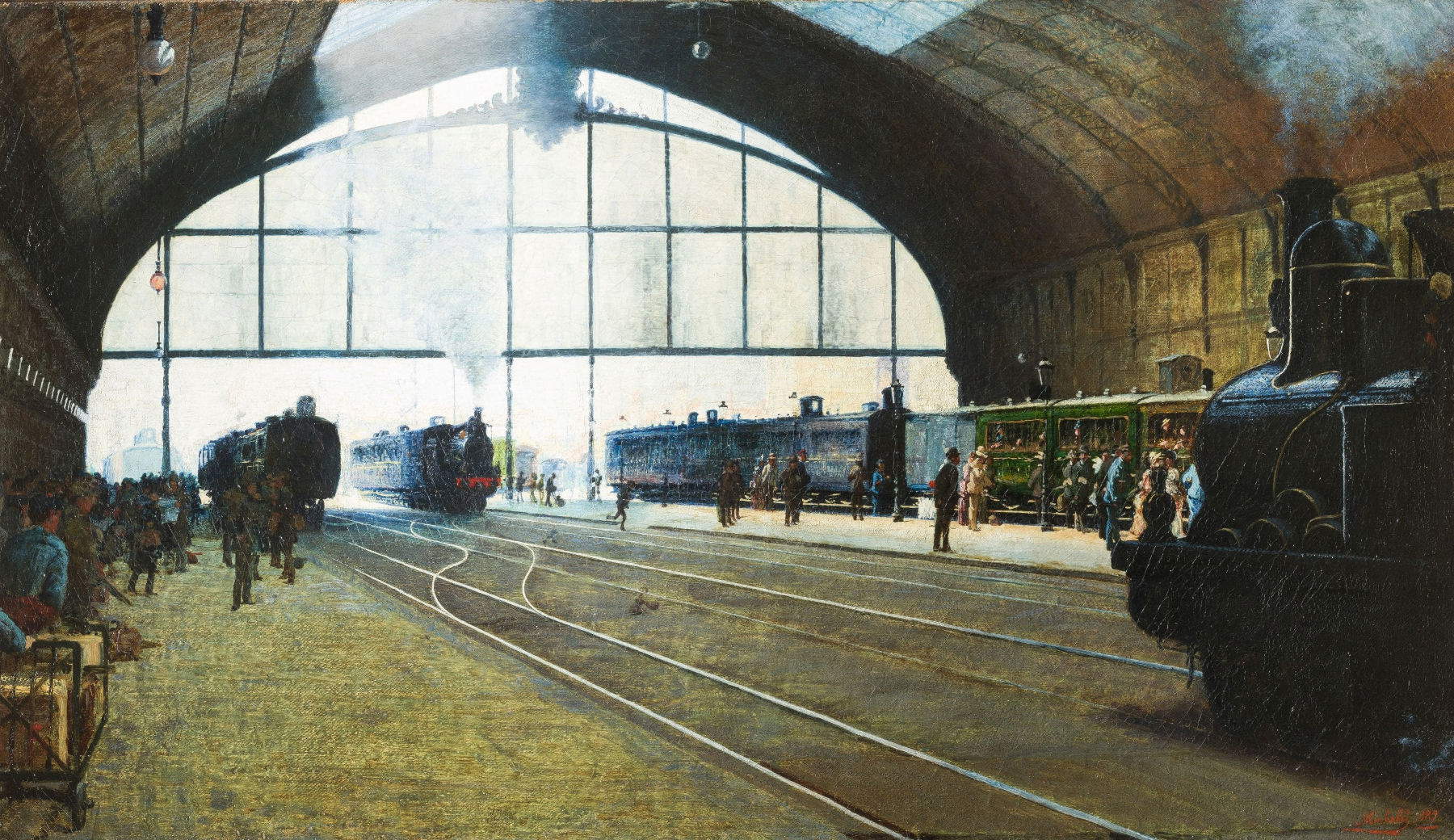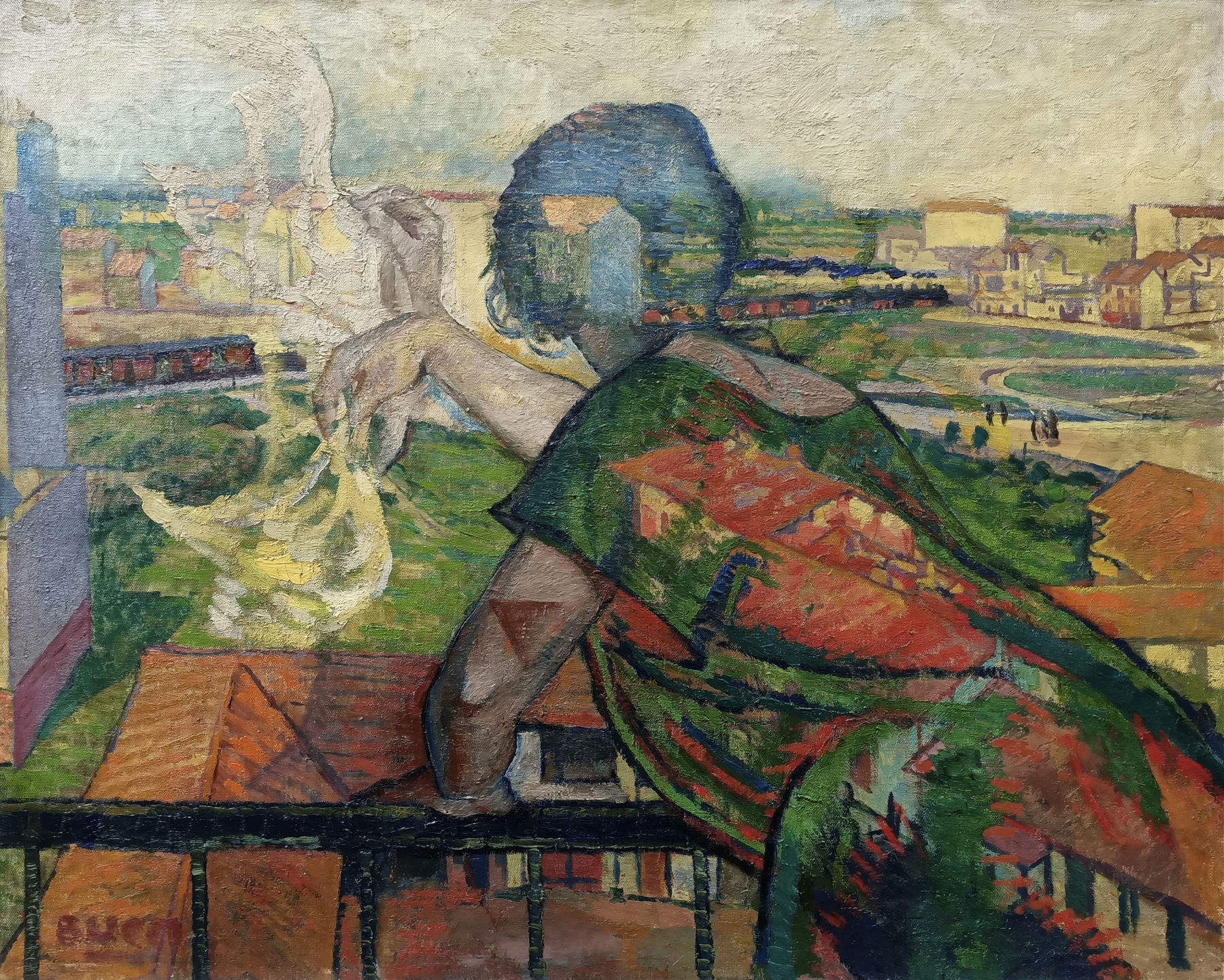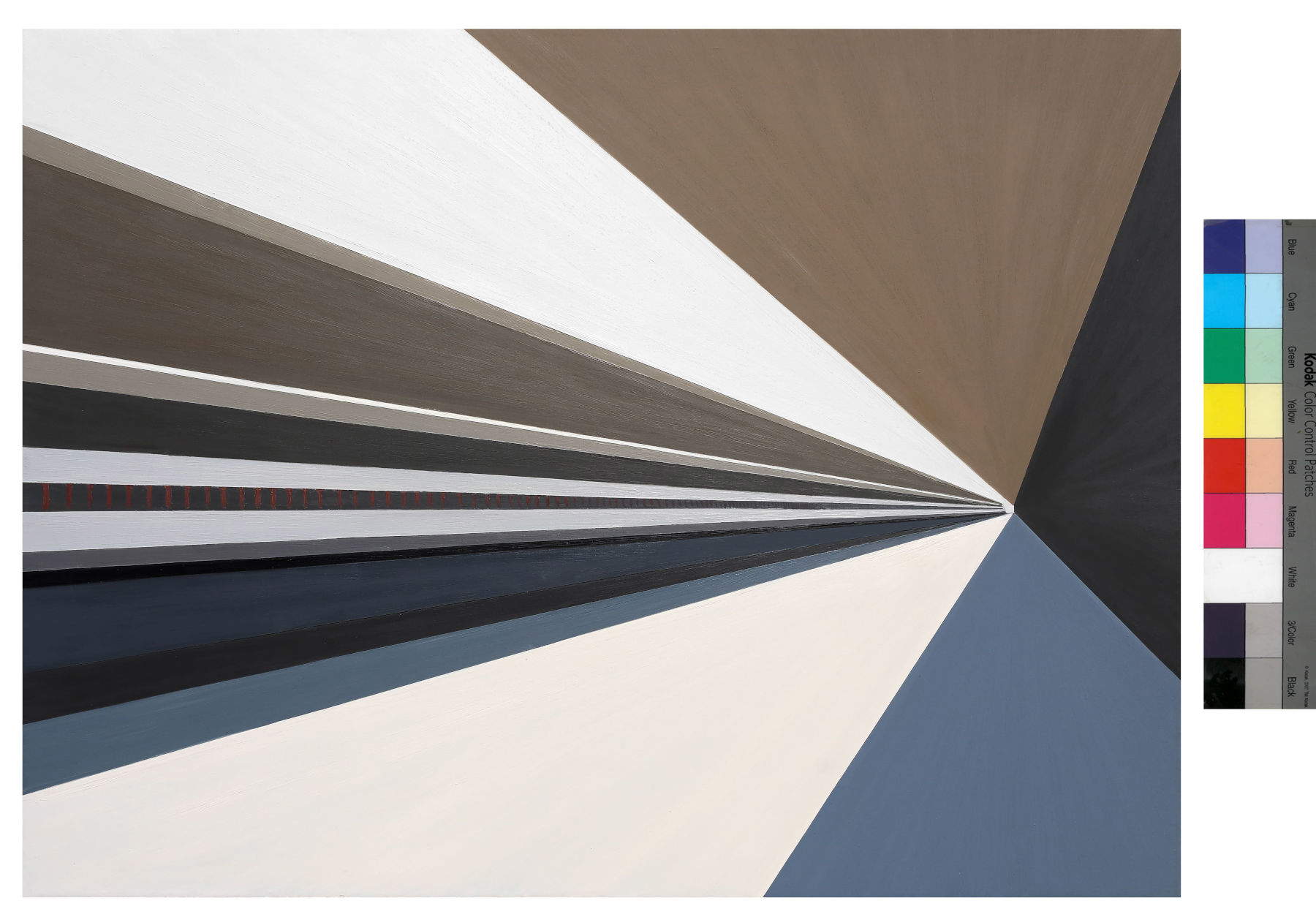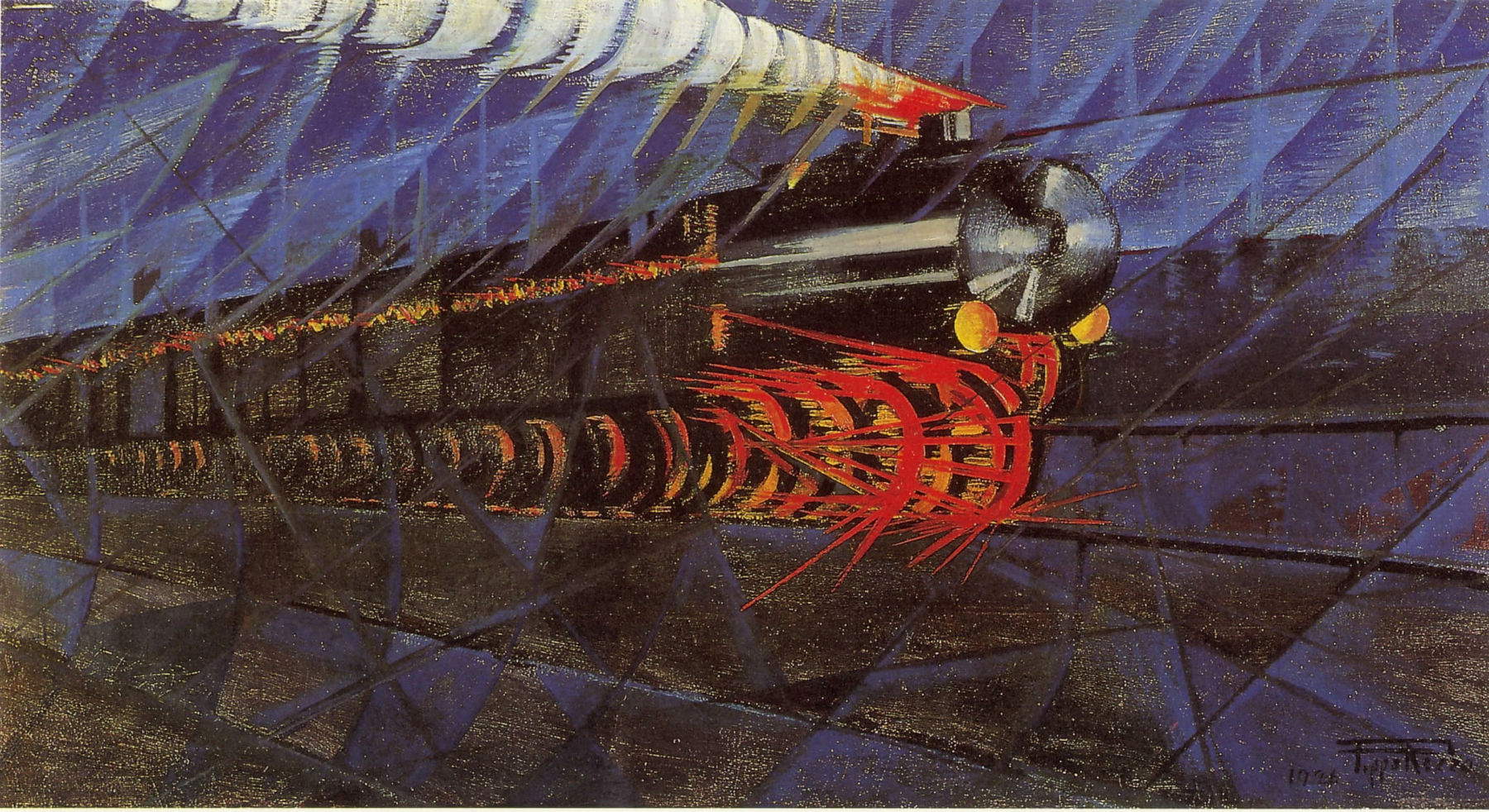A century and a half of travel, transformation and collective identity flows along the tracks of the exhibition The Railways of Italy (1861-2025). From National Unity to the Challenges of the Future, set up in the Zanardelli Room of the Vittoriano and the Great Garden of Palazzo Venezia in Rome. Promoted and organized by VIVE - Vittoriano and Palazzo Venezia and the Italian State Railways Group, the exhibition will be open to the public from Nov. 7, 2025 to Jan. 11, 2026. Presented by VIVE Director General and curator Edith Gabrielli, together with FS Group Chairman Tommaso Tanzilli and CEO Stefano Antonio Donnarumma, the exhibition traces the deep connection between the birth of united Italy and the construction of its rail network. As early as the 1840s, Camillo Benso di Cavour had grasped the political and symbolic value of railways, identifying them as a decisive tool for consolidating national independence.
“But more than any other administrative reform, the realization of the railways will help consolidate the achievement of national independence,” he argued.
The history of Italian unification and the history of railways thus ran on the same track. Tracks made the country’s political geography concrete, uniting territories separated for centuries, fostering economic and cultural exchanges, creating jobs and social mobility. Trains and stations have become everyday scenes and symbols of modernity, but also literary and artistic metaphors, capable of expressing the dual nature of progress: an engine of development and, at the same time, a source of contradictions.


The choice of the Vittoriano as exhibition venue is not accidental. Established in 1878, in the aftermath of the death of Victor Emmanuel II, the monument represents the symbolic heart of the nation and today, under the management of VIVE, is a living space for reflection on the founding values of united Italy. The initiative is part of the calendar of celebrations for the 120th anniversary of the founding of Ferrovie dello Stato, which took place in 1905, an anniversary that allows us to look at the long parabola of an enterprise that has accompanied every phase of the country’s history, from post-war reconstruction to the economic boom, up to High Speed Rail and the digital transition. Today, the FS Group is an industrial reality with more than 96,000 employees, active in rail and road transport, logistics, infrastructure, urban regeneration and technological services. It is undergoing a profound transformation, supported by an investment plan of more than 100 billion euros over five years, aimed at strengthening infrastructure resilience, improving service quality and promoting increasingly sustainable and intermodal mobility.
The exhibition is divided into four chronological sections, an engaging section and an educational-demonstrative section. The first, devoted to the period 1861-1904, illustrates the difficult unification of regional networks into a national system. The second, from 1905 to 1944, deals with the age of state management, marked by the birth of FS, the political and military use of the railroad, and its role during the Fascist regime and World War II. The third section, from 1945 to 1984, documents reconstruction, the economic boom and internal migration, while the fourth, from 1985 to the present, focuses on high-speed rail, digitization and the challenges of sustainability. The section housed in Zanardelli Hall, allows a multisensory experience through state-of-the-art digital technologies. In the Great Garden of Palazzo Venezia, on the other hand, the educational-demonstrative section is housed, with two monumental scale reproductions of the famous Settebello and Arlecchino trainsets, icons of postwar railway design.


The itinerary, built on solid historical and scientific foundations, adopts an interdisciplinary approach articulated on four axes of reading. The first reconstructs the technical and engineering evolution of the railways, from the unification of the networks to the High Speed Railway and the projects financed with the PNRR. The second analyzes the political, economic and institutional implications, showing the railroad as an instrument of modernization and territorial governance, but also as a measure of inequalities between North and South, city and country. The third axis addresses the social and anthropological transformations generated by the train: the emergence of new professions, changes in daily rhythms and the rise of long-haul commuting. Finally, the fourth explores the representation of railways in the visual arts and literature, from nineteenth-century realism to contemporary cinema, where the train is a symbol of modernity, but also of distance and alienation.
The exhibition benefits from the contribution of a scientific committee composed of Francesco Benigno (Scuola Normale Superiore di Pisa), Lorenzo Canova (University of Molise), Andrea Giuntini (formerly University of Modena and Reggio Emilia) and Stefano Maggi (University of Siena). The catalog is published by Silvana Editoriale. During the opening period, the VIVE educational team offers a wide program of activities aimed at schools, families and visitors with special needs, confirming the vocation of the Vittoriano complex and Palazzo Venezia as places of accessible and participatory culture, where the history of railways also becomes an opportunity to reflect on the Italy we are and the one we want to build.
 |
| Italy's railways: from the Risorgimento to the digital age at the Vittoriano in Rome |
Warning: the translation into English of the original Italian article was created using automatic tools. We undertake to review all articles, but we do not guarantee the total absence of inaccuracies in the translation due to the program. You can find the original by clicking on the ITA button. If you find any mistake,please contact us.